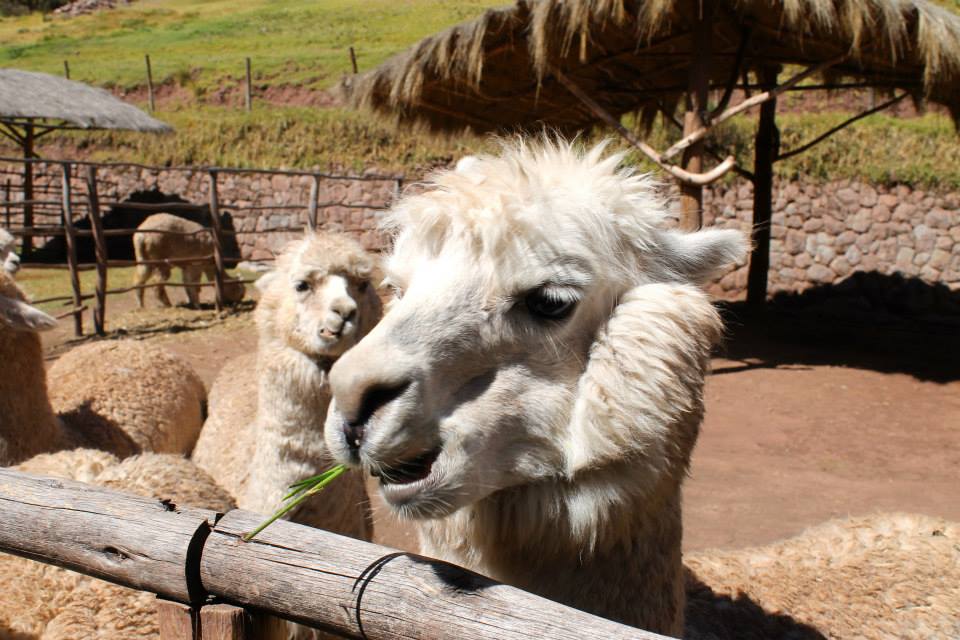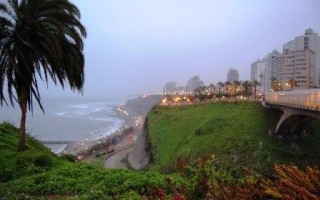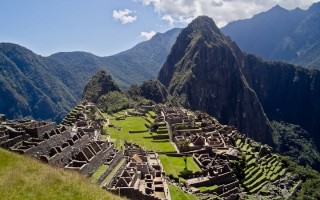
Snorkel with Whale Sharks in Cancun Fulfill your family’s ultimate once-in-a-lifetime bucket list adventure by taking a dip with whale sharks – the biggest (and most friendly) fish in the world! From May to September, families staying at sister properties CasaMagna Marriott Cancun Resort and JW Marriott Cancun Resort & Spa can embark by boat […]

Our mission at Go Eat Give is to tie travel with giving back to the community. While volunteering is one of the ways to do so, here is another great opportunity to make a small difference wherever you go. Posada Amazonas Lodge, one of three accommodations under the directive of Peru’s visionary leader in sustainable […]

On the Costa Verde coastline of Lima, Peru, residents of the city stroll along the boardwalk, enjoying the view of the sunset over the Pacific Ocean. Couples stop to kiss at the Parke del Amor, while joggers and skateboarders take advantage of the last light of day. And diners settle down for fresh seafood and […]
